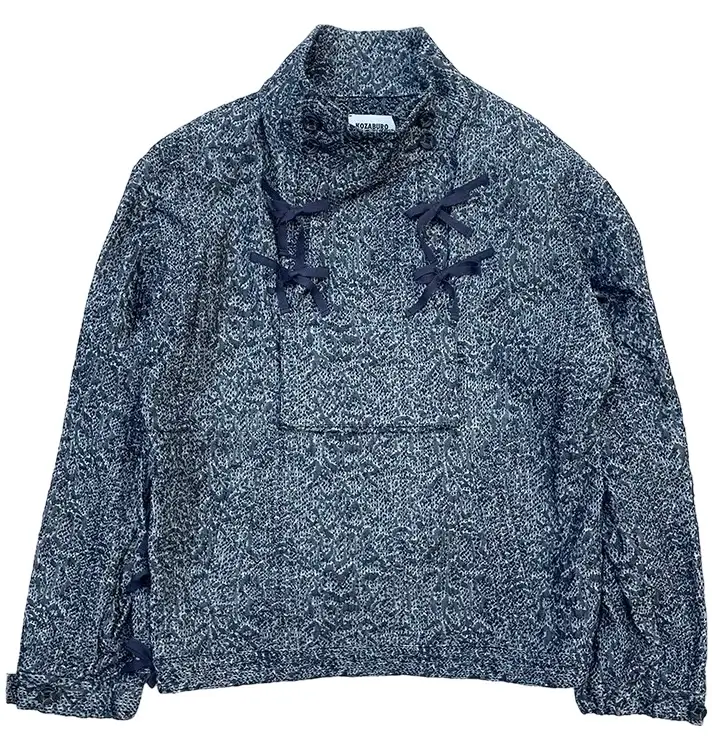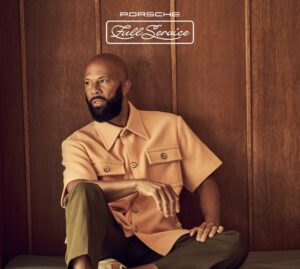Photograph by Dan Bradica | Curatorial Essay
In the sacred halls of street art’s most ambitious exhibitions, Beyond The Streets New York 2019 stood as a monument to the grit, culture, and defiance that shaped America’s underground. But amid towering canvases, aerosol-soaked epics, and tribute walls to graffiti’s outlaw history, one room in particular felt like stumbling into a basement jam session held in the heart of a revolution. That room — an ode to the Beastie Boys — anchored the entire show not just in memory, but in vibration.
Photographed by Dan Bradica with a quiet reverence, this installation was less museum than mixtape — a breathing collage of skate decks, battered microphones, grainy photographs, and handwritten rhyme sheets. The Beastie Boys’ corner of Beyond The Streets didn’t ask for nostalgia. It demanded immersion.
What made it singular wasn’t just the memorabilia. It was the energy of three kids from New York — Adam “MCA” Yauch, Adam “Ad-Rock” Horovitz, and Michael “Mike D” Diamond — who managed to transmute the volatile chemistry of 1980s city youth into a cultural force that exploded far beyond the five boroughs. In Bradica’s lens, and in the curatorial framing of the exhibition, that legacy wasn’t just remembered. It was re-lived.
The Sound of Asphalt: Where Punk Met Boom Bap
The Beastie Boys did not arrive quietly. Emerging from the post-punk stew of New York’s early-’80s Lower East Side — where clubs were crumbling, youth was broke, and every creative act felt like an act of resistance — they began as teenagers with instruments, attitude, and no clear genre allegiance.
Bradica’s photograph captures this genesis through subtle detail: cracked amps, flyers from long-forgotten gigs, record sleeves torn by time, and notebooks annotated with the fevered urgency of discovery. It’s not a display of fame — it’s a portrait of becoming.
Before they ever touched a sampler, they were slamming guitars in grimy basements, part of a DIY scene that birthed Sonic Youth, Bad Brains, and the hardcore lineage of Rat Cage Records. In this crucible, the Beasties found their ethos — not polished, but patched together from stickers, skate tape, noise, and spit. When hip-hop hit their radar, it didn’t feel like a betrayal of punk. It felt like its natural mutation.
In Beyond The Streets, that fusion is staged with forensic affection. The Def Jam 12-inches. The posters with DMC logos. The spray-painted road cases. This was no genre-switch — it was a culture shift. And Beastie Boys, with Rick Rubin and Russell Simmons in tow, were riding front row.
Licensed to Ill: The Beautiful Mess That Changed Everything
1986’s Licensed to Ill was supposed to be a joke. Or at least, that’s how the critics read it — frat-boy pranksters in Adidas shell toes rapping about brass monkeys and beer foam. But what the exhibition makes clear — in relics like the original LP art boards and press clippings — is that the humor was always the sugarcoating. Underneath was serious musical engineering, sample science, and lyrical cunning.
The Bradica photo freezes this paradox — absurdity and genius, cheek and craft — in one frame. The worn gear on display doesn’t just testify to years of touring. It signals obsession. These weren’t posers with a boom box. They were students of the form, flipping Zeppelin riffs into breakbeats, hijacking party rock tropes and turning them into street-level satire. They were inventing an idiom.
Paul’s Boutique and the Turn Toward Artistry
By 1989, the Beastie Boys had moved to L.A., lost their mainstream momentum, and recorded what would become their masterpiece: Paul’s Boutique. Bradica’s work and the Beyond The Streets team don’t overlook this transition — in fact, they elevate it. Displayed like a shrine, the original lyric sheets and MPC beat maps show just how deep the Boys went into crate-digging, looping, and layering.
The installation hints at the Dust Brothers’ production as a kind of sonic archaeology, matched by the Beasties’ elevated wordplay and absurdist juxtapositions. Here, Bradica’s photograph gains gravity — it becomes the visual echo of an album that redefined what hip-hop could sound like. If Licensed to Ill was riotous adolescence, Paul’s Boutique was stoned genius. And the ephemera of that era — oversized headphones, dusty vinyl stacks, vintage Polaroids — speak volumes without uttering a word.
Check Your Head, DIY Reinvented
The early ’90s brought Check Your Head, a project that announced their full arrival as musicians, not just MCs. Gone were the luxury studios. In their place: G-Son — a ramshackle rehearsal studio turned sonic lab in Atwater Village. The gear in Bradica’s shot is beat-up, personal, and lovingly documented — cracked drum pads, fuzz pedals, and scribbled tape labels.
It was at this point the Beastie Boys blurred boundaries again: jazz, funk, hardcore, hip-hop, lo-fi production, and Tibetan chants all filtered through their aesthetic. They weren’t just playing instruments again — they were producing a philosophy. Art, activism, irony, and earnestness could co-exist. And in Beyond The Streets, that message beams through the objects like a signal to new generations: make something messy. Make it yours.
Activists in Adidas: Growth Without Shedding Skin
While the early Beastie Boys projected a punk-trickster vibe, their evolution into activists and cultural stewards was no less powerful. The Free Tibet posters, Grand Royal magazine spreads, and personal photographs of Yauch’s organizing work transform the installation into a human archive. Bradica’s lens does not dramatize — it honors.
It’s particularly moving to see Yauch’s handwritten notes and correspondence included. These aren’t celebrity artifacts. They’re reminders of commitment — the transformation from provocation to purpose. The Beastie Boys didn’t sanitize their past. They learned from it, publicly. That vulnerability, captured in the dog-eared notebooks and backstage snapshots, is as radical as any rhyme.
Ephemera as Testimony: Cey Adams, Eric Haze, and Visual Memory
Integral to the exhibition — and to the Beasties’ visual legacy — are the works of Cey Adams and Eric Haze, whose logos and typefaces helped encode the group’s look into cultural memory. In Bradica’s image, a few logo sketches are tucked behind plexiglass, weathered and brilliant. What we’re seeing here is the birth of iconography.
Beyond the music, the Beastie Boys cultivated a visual world: handwritten liner notes, Xeroxed zines, skate graphics, VHS covers. It was all part of the same language. This is where Beyond The Streets becomes more than an exhibition — it becomes a map. And the Beastie Boys’ route is annotated in pen, Sharpie, and sticker residue.
Hot Sauce, Legacy, and the Last Word
Their final full-length project, Hot Sauce Committee Part Two, is represented in the exhibit with a poignancy that feels unspoken. The photographs grow quieter. The ephemera becomes more personal — postcards, custom kicks, bandanas. You feel the winding down, the contemplation.
Bradica captures this mood without sentimentality. There’s no memorializing, just presence. Even in absence, MCA feels vital. The Beastie Boys’ legacy isn’t frozen. It’s still humming, still mutating. Their art was never meant to be shelved. It was meant to be passed down.
“It’s Really Cool Shit”: A Final Glimpse
The quote from the band — “ch-ch-check it out! It’s really cool shit” — does more than break the fourth wall. It reminds us why we care. The Beastie Boys never postured. They played. They stumbled. They questioned. And somehow, in that chaos, they laid the bricks for a cross-cultural movement that blurred lines between rap, punk, performance art, skateboarding, and activism.
Beyond The Streets 2019 didn’t just exhibit that movement. It honored it. And through Dan Bradica’s photograph — a quiet, reverent document of the installation — we glimpse the intangible: legacy as mood, memory as architecture.
This wasn’t a nostalgia play. It was a signal flare.
The Beastie Boys didn’t want to be legends. They wanted to stay curious. And as this photograph — and this exhibition — makes achingly clear: they succeeded.
No comments yet.








